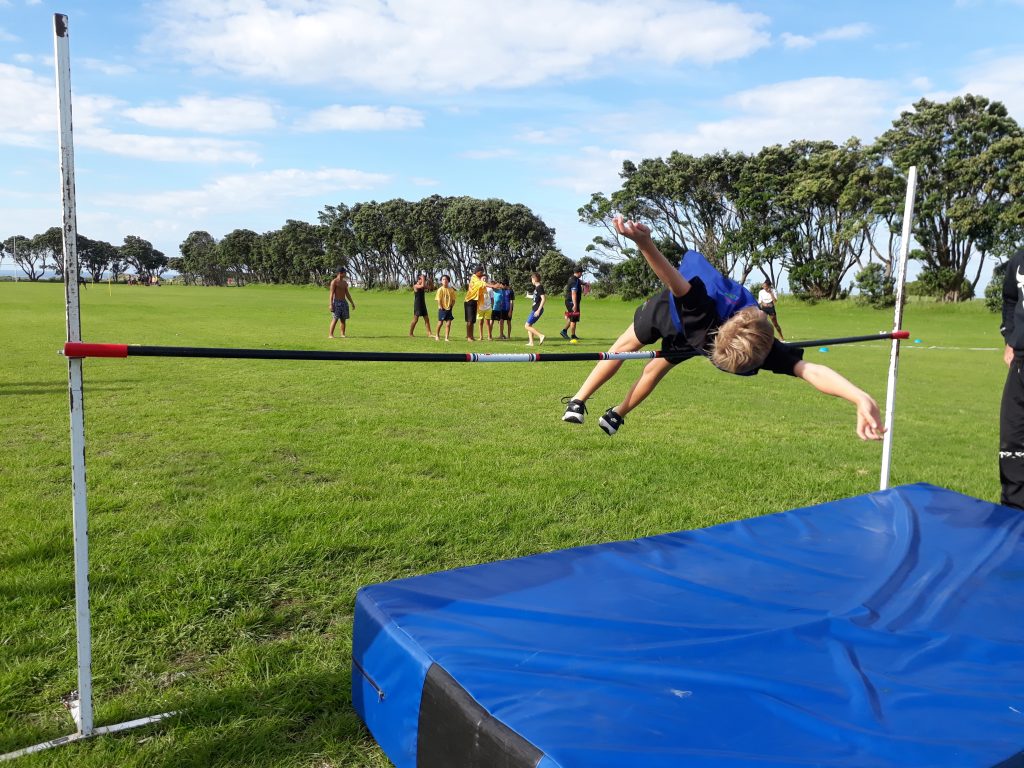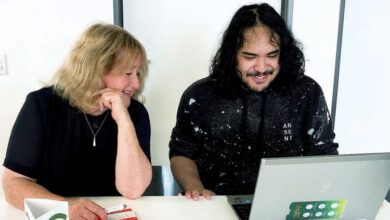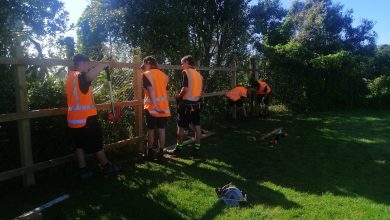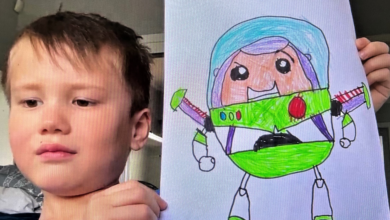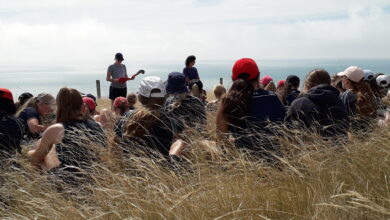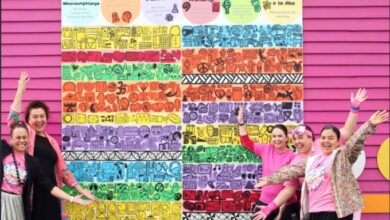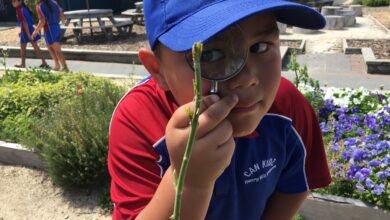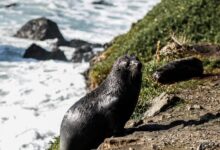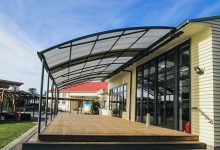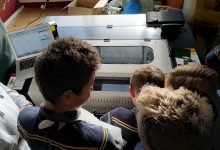Mahi and aroha rebuilds self-belief for kids, whanau and community
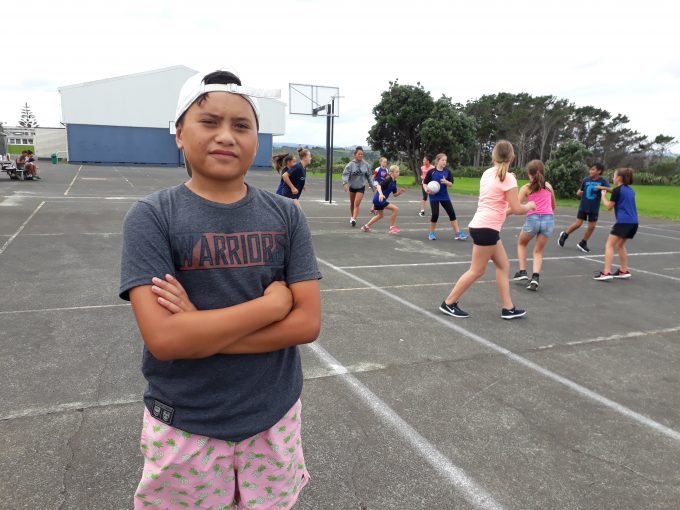
Now a leading, award-winning school of modern and innovative learning, Patea Area School offers its students a wide range of opportunities in a safe and caring environment with a strong sense of whanau, community and belonging.
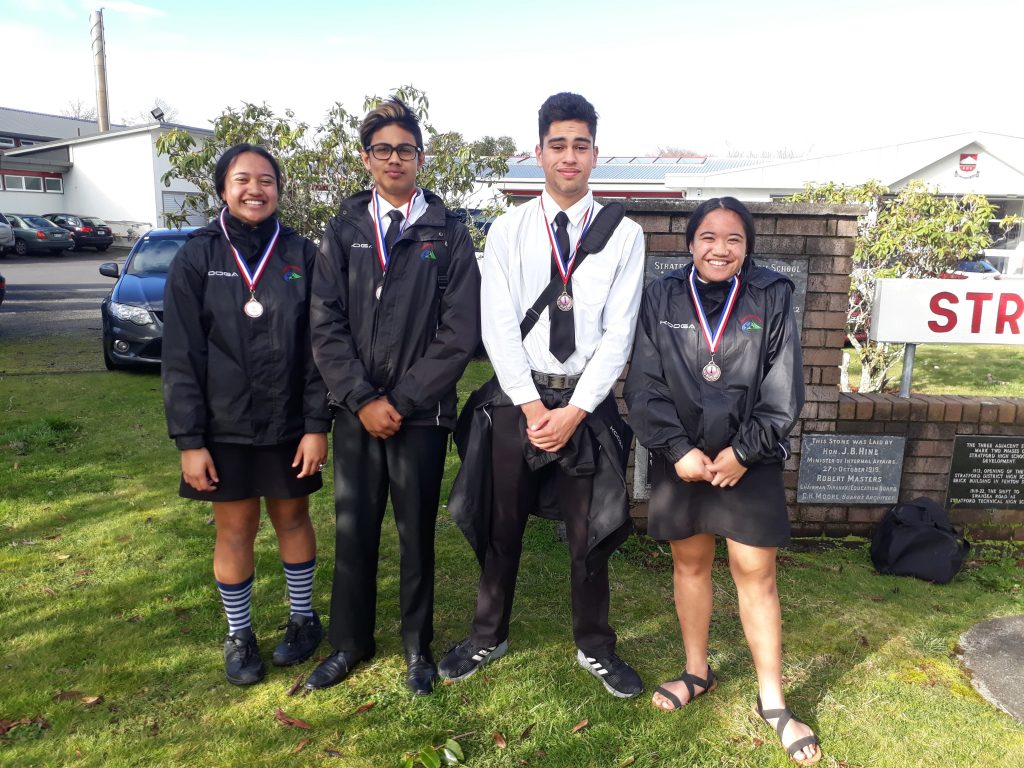
Patea Area School’s previous principal, Nicola Ngarewa proudly stated:
“We have been committed to delivering a modern and engaging curriculum that encourages our young people to be independent and critical thinkers, well able to cope with the challenges of modern society beyond our school gates. We have a deliberate emphasis on tailoring the learning of each individual student to ensure our young people achieve excellence at their level.”
This remarkable decile 1a coeducational school in South Taranaki has a 70 percent Maori roll with approximately 180 students. It has a strong sporting and cultural background, scores well-above average in NCEA result, with L2 at 100 percent for the past two years.
This school profile originally appeared in our print magazine, the School News Term 4 issue.
After a falling roll, it became Patea Area School in 2005 when the local primary school closed and was combined with the high school. In the last three years the roll has almost doubled and in that same time the school has been through significant change.
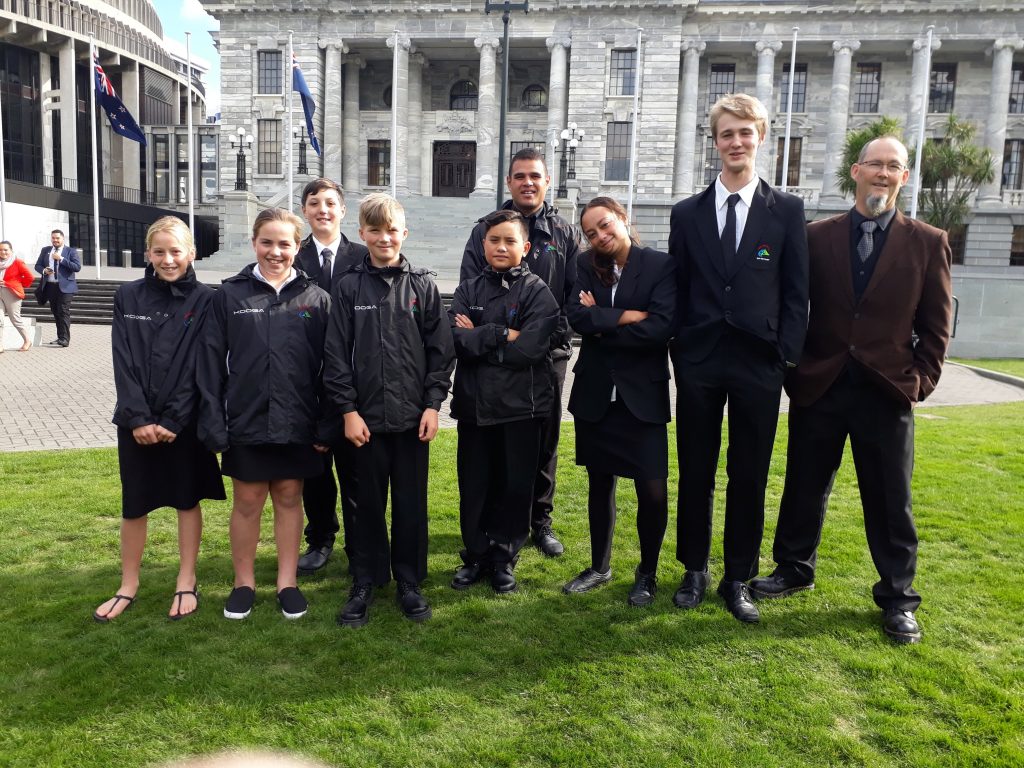
Success, recognition and awards did not come easy for this school, it faced many challenges…
School News caught up with Jason Wright, the school’s acting principal and he told us: “Previously under statutory management our school had a falling roll, results of varying standards, the property was in disrepair, and the systems, structures and curriculum needed an overhaul. Community links had also deteriorated, and morale was very low because students didn’t know they were valued – we had to change this mindset.”
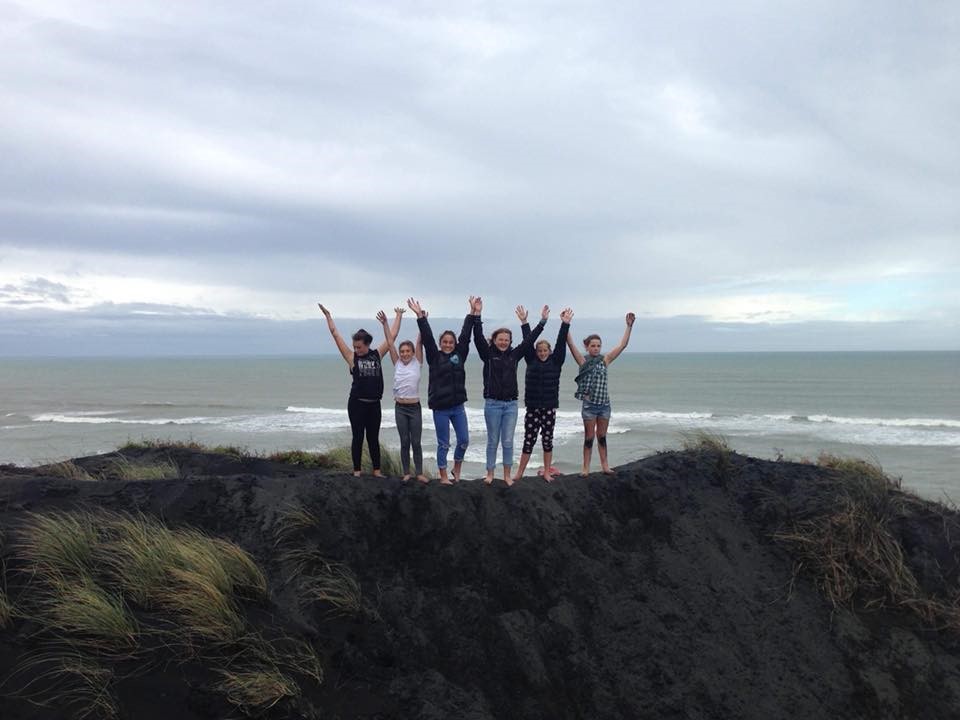
Jason, tell our readers how it turned around? “We began by reviewing and renewing the curriculum and its delivery, we invested in property and resources and engaged the community and students in everything we did.
“Professional learning programmes helped our staff grow and develop as leaders, teachers and support staff. We were able to communicate how much we valued all our students and began to develop a culture of success and transparency. We promoted ourselves and attempted to give our students every support they needed to succeed.
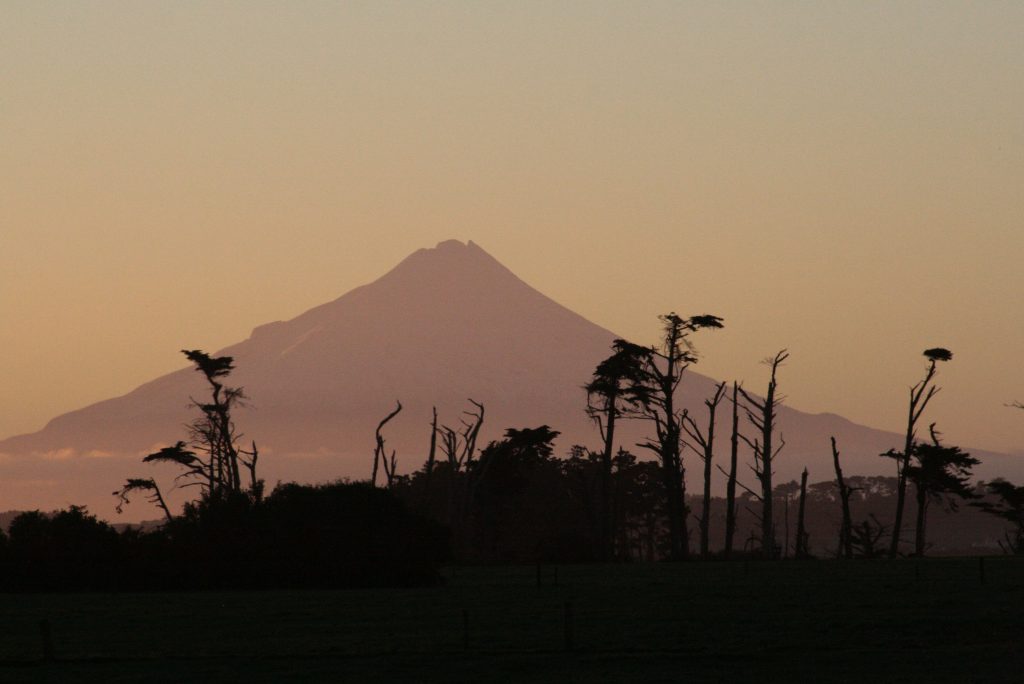
“But we are not resting on our laurels: we continually review and renew, to ensure that we are delivering for every one of our students. Since August 2016, we have developed our learning environments, with a lot of investment in digital hardware, furniture, sports equipment and uniforms.”
But, winning the UNESCO’s inaugural Award in Global Citizenship Education in recognition for their work to encourage responsible and active global citizenship, signified the greatest shift in how they viewed themselves at Patea Area School.
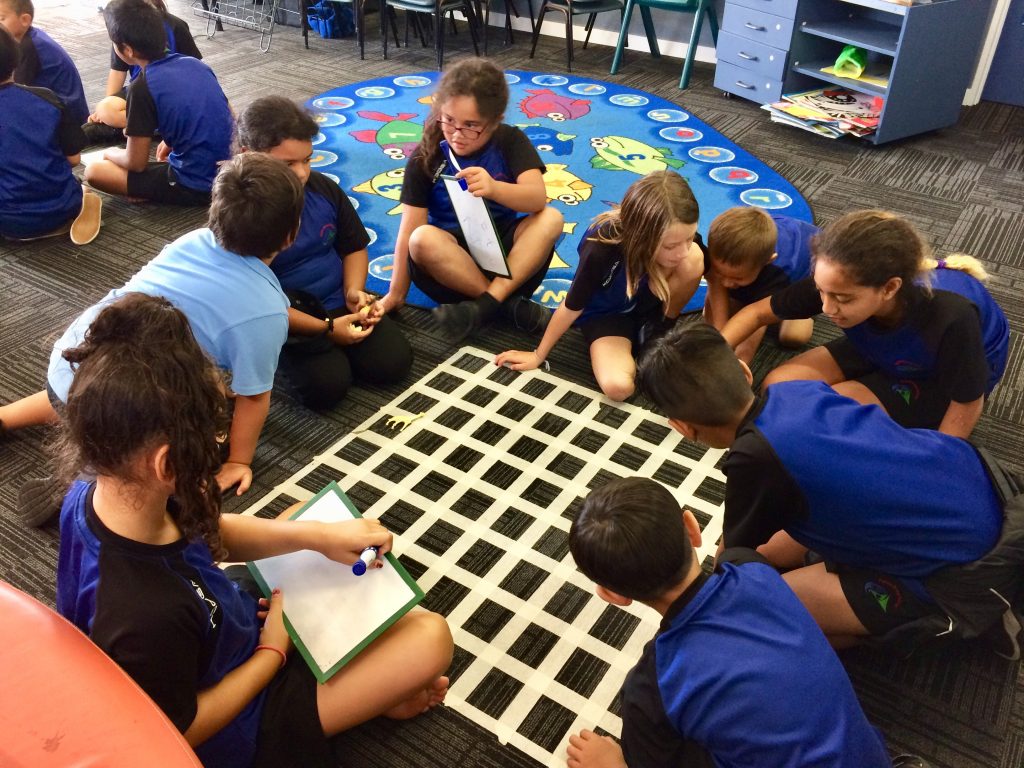
“This recognition by UNESCO means more than winning an award to us, it has given us the self-belief and motivation we were looking for. The fact that our small school (a Decile 1a one at that) can win such a prestigious award is a testament to all our school community’s hard work. I can’t explain just how excited everyone was to win this award and a number of our students and teachers travelled to Parliament to accept it. One of our teachers also has the opportunity to present our story in Samoa in October at a UNESCO symposium.”
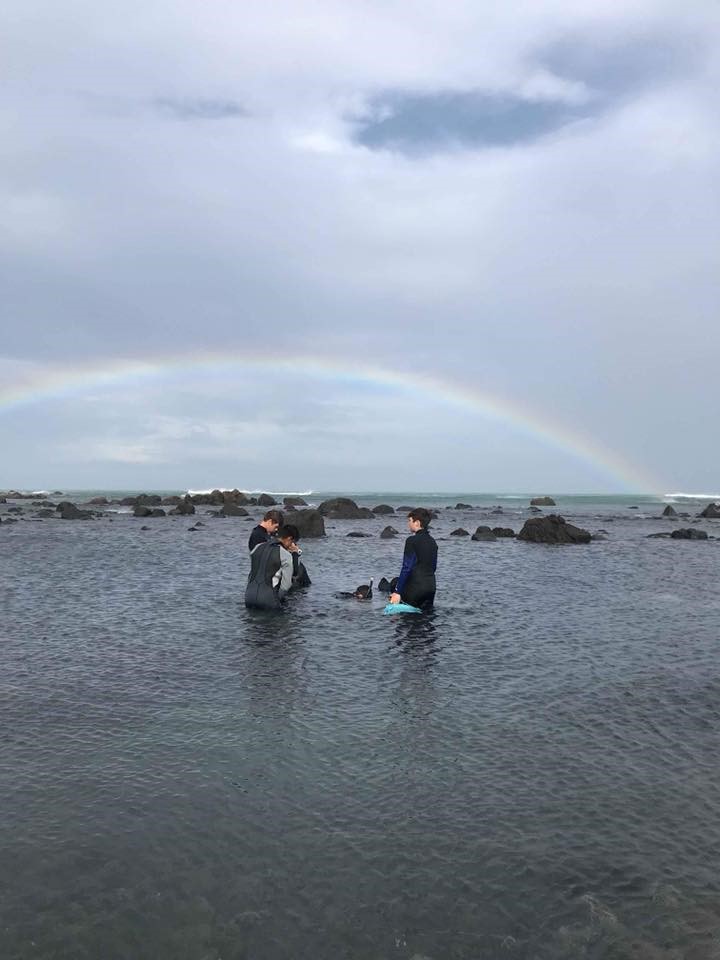
What are you most proud of, Jason? “Of course, I am proud of the UNESCO award, of our results and our increasing roll but the most important thing to me, is to celebrate our student success in big and bold ways because this is what they deserve. Seeing our students develop their self-belief, their self-worth and take ownership of their education has been an incredible personal experience.”

What next? “We will continue to build and develop our capacity in all areas (curriculum, teaching and learning, culture, sport, student support, digital fluency, etc.,) so that we can better serve our community and continue to ‘grow good people for a changing world’.”
Meanwhile, modernisation of the property is ongoing with a new playground for YR1-6 students in October, planned sports facilities (turf courts) for early 2019, and the purchase of more digital devices, including robotics.
Finally, Jason adds: “We want our students to take further ownership of their education, with greater independence, to become life-long learners and to have greater capacity for leadership.”
About Global Citizenship Education
The New Zealand National Commission for UNESCO’s definition of Global Citizenship Education (GCED) is ‘empowering learners to engage and assume active roles, both locally and globally, to face and resolve global challenges and ultimately to become proactive contributors to a more just, peaceful, tolerant, inclusive, secure and sustainable world’.
Each term Patea Area School introduces an across school inquiry topic with a local/global challenge focus. Every student in the school chooses an aspect of the inquiry topic based on their area of interest, passion and need. This inquiry work becomes the basis of each students’ personalised learning pathway. Twice a year, we showcase these inquiries in big and bold ways. In 2018, this included a variety performance show and a feast or famine event that highlighted the needs of people in our own community as well as the world. Specifically, we were focusing on the disparity between the ‘haves’ and the ‘have nots’, and the educational impact on those who have access to digital technology and those that do not.
Patea Area School worked to find a learning model that truly embedded global citizenship in the whole school’s curriculum delivery, instead of being a one-off project. This is reflected in the school’s vision statement of ‘Growing good people for a changing world’. The school’s approach is closely aligned with international goals for global citizenship education and the Sustainable Development Goals.
The judges were impressed at how the learning model turned the school around and engaged the whole community.
“The model ensures that everything they do as a learning community is experiential, authentic and connected to the wider world around them.”

